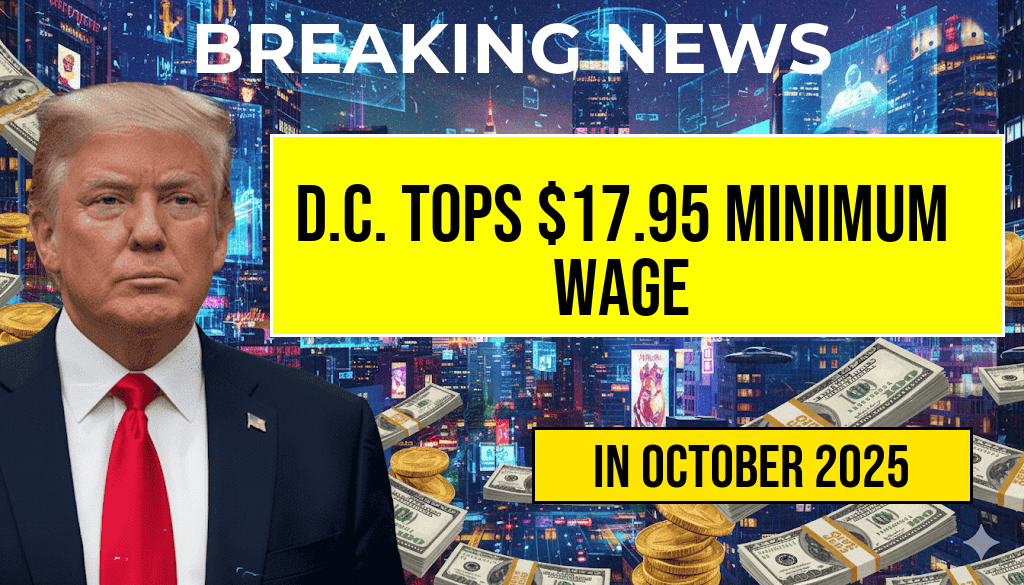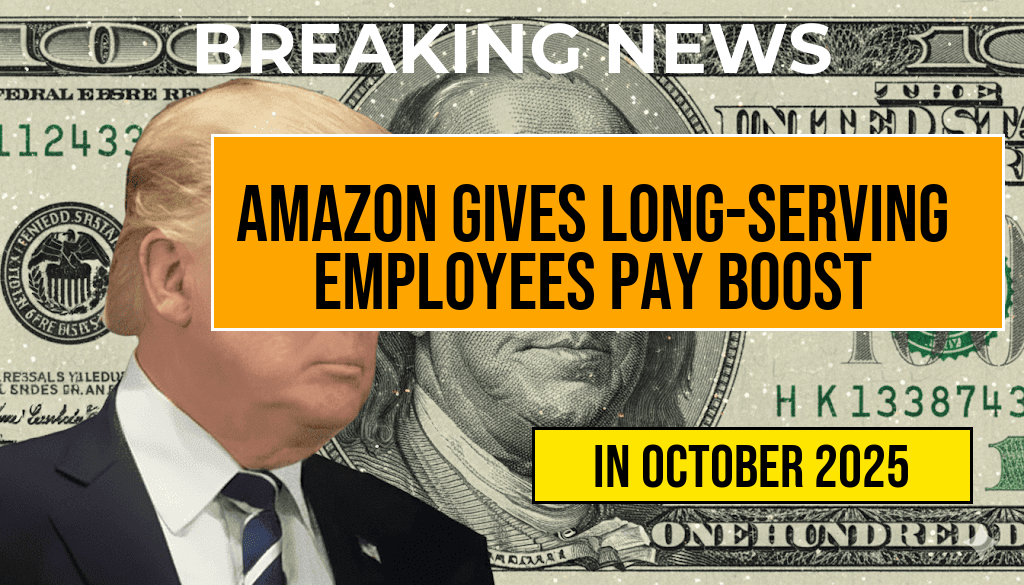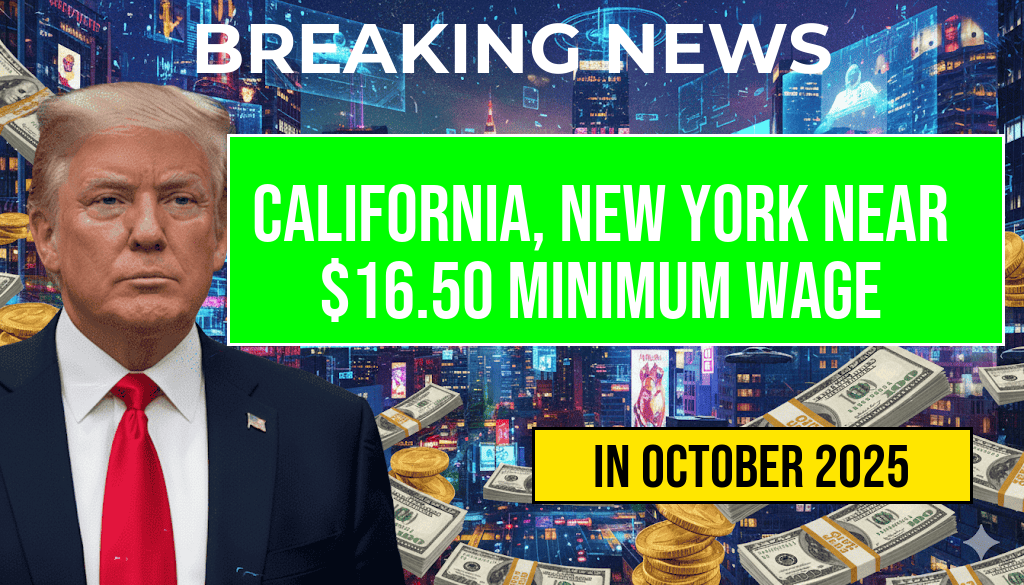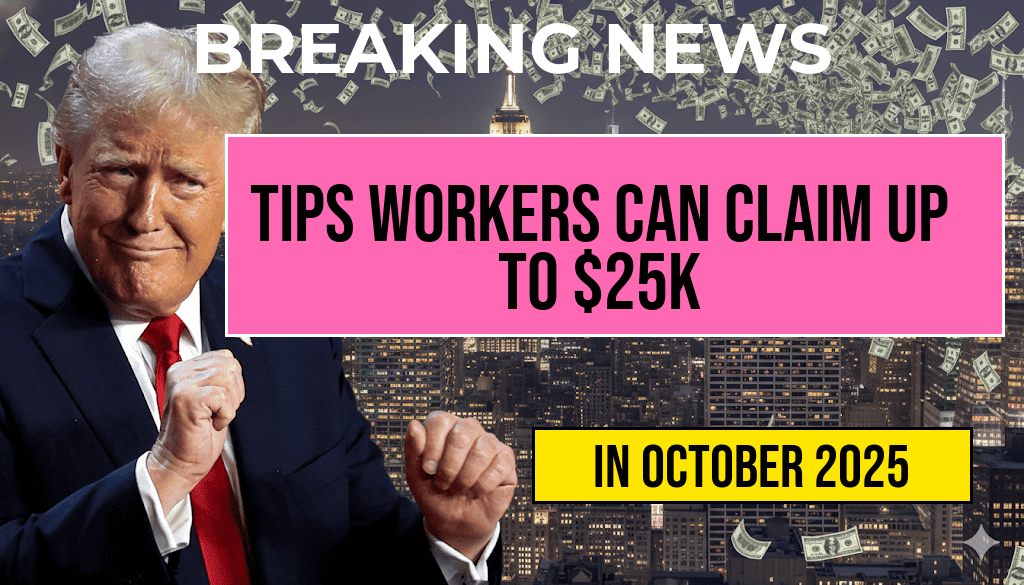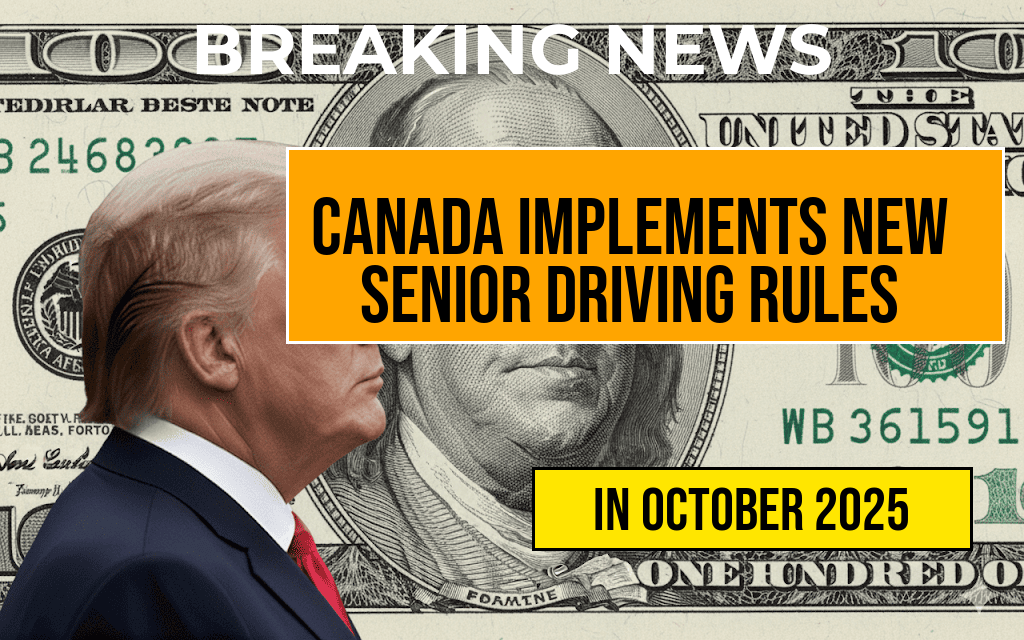Washington D.C. has solidified its position as the U.S. city with the highest minimum wage, setting the bar at $17.95 per hour in the top pay tier. This milestone reflects ongoing efforts by local policymakers to improve economic conditions for low-wage workers amid rising living costs. The district’s commitment to a higher baseline wage surpasses many states and municipalities, emphasizing its focus on economic equity and worker support. As businesses and employees navigate the evolving landscape of wage standards, D.C.’s approach signifies a broader trend toward increased minimum wages across urban centers. This move not only aims to uplift workers but also influences legislative discussions nationwide about living wages and economic justice.
Washington D.C. Maintains Its Lead in Minimum Wage Rankings
According to recent data from the Department of Labor’s Wage and Hour Division, Washington D.C. continues to hold the distinction of offering the highest minimum wage among U.S. cities in its top pay tier. The district’s current minimum wage of $17.95 per hour is a result of a series of legislative increases that began several years ago, with a commitment to reach a $20 minimum by 2025. This progressive wage policy aims to address income disparities and support essential workers in sectors such as hospitality, retail, and public service.
Historical Context and Policy Progression
Washington D.C.’s minimum wage policy has evolved considerably over the past decade. In 2016, the district set a goal to incrementally raise wages, culminating in the current top tier. The city’s minimum wage laws are tied to inflation adjustments, ensuring that wages keep pace with the cost of living. These measures reflect a broader municipal strategy to foster economic resilience and reduce poverty levels among residents.
Impact on Local Economy and Workers
Proponents argue that higher wages lead to better quality of life for workers and stimulate local economic activity. According to a report by the Washington Post, businesses in the district have experienced a slight increase in labor costs but also reported improvements in employee retention and satisfaction. Additionally, higher wages can reduce dependence on public assistance programs, easing the burden on taxpayers.
State and City Comparisons
| City | Top Pay Tier Minimum Wage | Effective Date |
|---|---|---|
| Washington D.C. | $17.95 | 2023 |
| Seattle | $16.78 | 2023 |
| San Francisco | $16.99 | 2023 |
| New York City | $15.00 | 2023 |
| Los Angeles | $16.04 | 2023 |
Legislative and Future Outlook
The district’s minimum wage is poised for further increases, with plans to reach $20 per hour by 2025. Local lawmakers continue to advocate for policies that balance economic growth with fair compensation. Experts suggest that Washington D.C.’s approach could serve as a blueprint for other jurisdictions seeking to elevate wages without stifling business development.
Broader National Trends and Challenges
While some states have implemented their own gradual increases, others remain below the federal minimum wage of $7.25. The debate over raising the federal baseline persists, with advocates emphasizing the need for a uniform standard that supports low-income workers nationwide. Critics, however, express concern over potential impacts on employment and business competitiveness, especially for small enterprises.
Resources and Further Reading
Frequently Asked Questions
What is the highest minimum wage in the United States according to the article?
The highest minimum wage in the United States is in Washington D.C., where it is set at $17.95 per hour.
Which city or state leads the nation with the top minimum wage pay tier?
Washington D.C. leads the nation with the highest minimum wage in the top pay tier.
How does Washington D.C.’s minimum wage compare to other states?
Washington D.C.’s minimum wage of $17.95 per hour is higher than in most other states, positioning it at the top pay tier across the country.
What factors influence the minimum wage levels in different regions?
Factors such as cost of living, state and local policies, and economic conditions influence minimum wage levels across various regions.
Are there plans to increase the minimum wage further in Washington D.C.?
While the article highlights the current highest minimum wage, future increases depend on legislative decisions and policy changes in Washington D.C.

